Make Your Own Mulch with a Wood Chipper
Want to use wood chip mulch to elevate your garden and do your own landscaping? Here's how:
Mulch is a useful tool in your garden, able to suppress weeds, retain moisture in the soil and improve the overall health of your land.
So it’s no wonder you might want to make your own wood mulch. Thankfully a wood chipper is a great tool to making your own bark and wood mulch and turning your leftover yard waste into useful garden mulch.
So let’s go over how to make mulch to aid in your gardening journey.
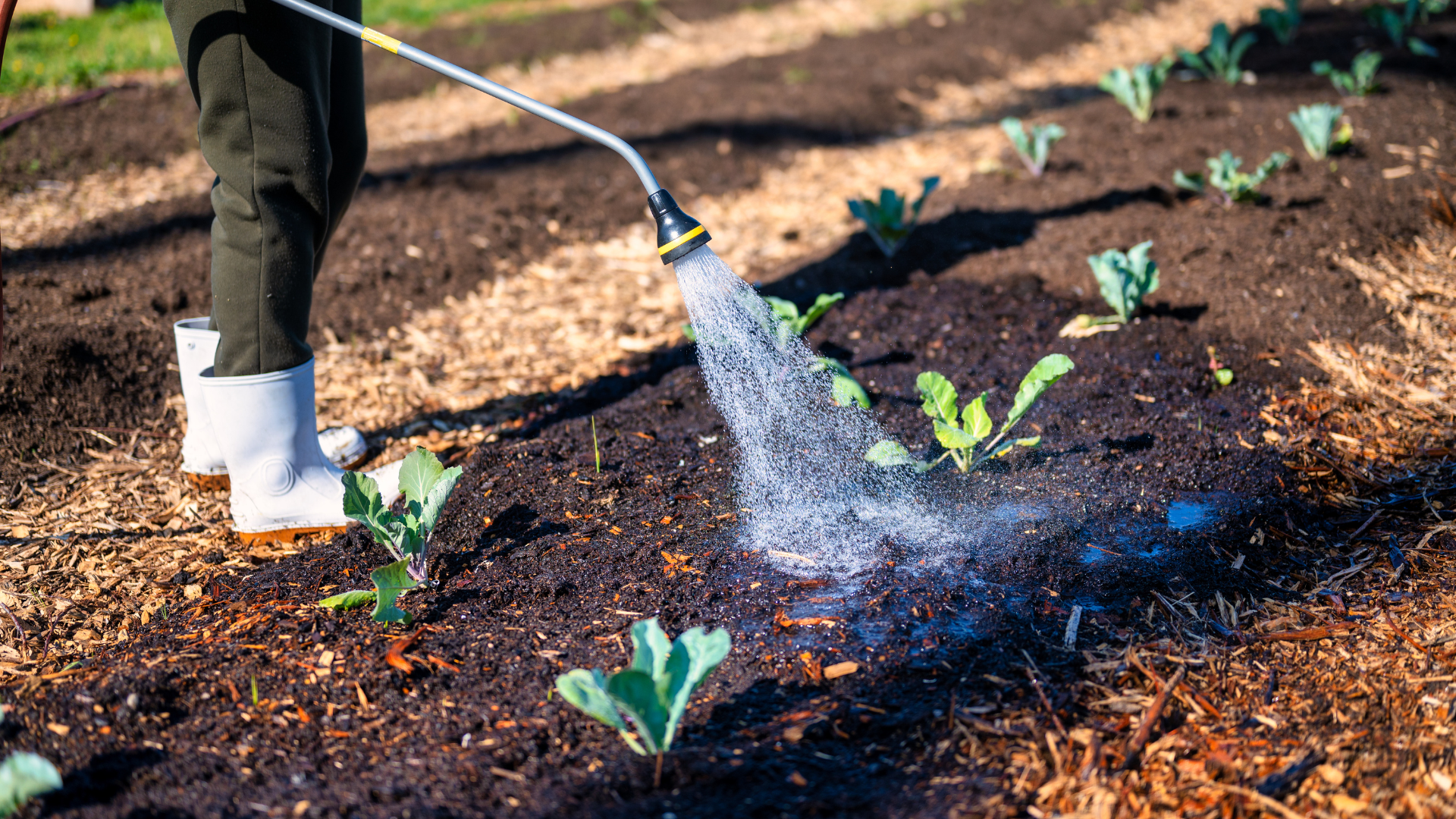
What is mulch?
Mulch is an incredibly useful material that comes in many different varieties. Some different types of mulch include:
-
-
Organic Mulch: This type of mulch is often made from yard waste like grass clippings and wood chips. Organic mulch breaks down over time and adds to the soil base. A great mulch, such as leaf mulch, wood mulch, or pine needles, is one that retains moisture, suppresses weeds, and improves soil health, making it ideal for gardening. It can also be aesthetically pleasing, especially if you use a bark mulch and spread it over your garden beds. This is very easy to make if you own a wood chipper.
-
Sand/Rock Mulch: While organic mulch is great for your garden these mulches are better for pathways, patios and other footpaths. Place sand between your patio stones or as soft padding in a playground. River stones and pebbles also allow drainage, allowing water to run through them and away from your home.
-
Synthetic Mulch: This covers materials like landscaping fabric or rubber pellets. These are useful in cutting off sunlight and suppressing weeds, but do not decay. Some materials also tend to leech into the environment so be aware of that before using them.
-
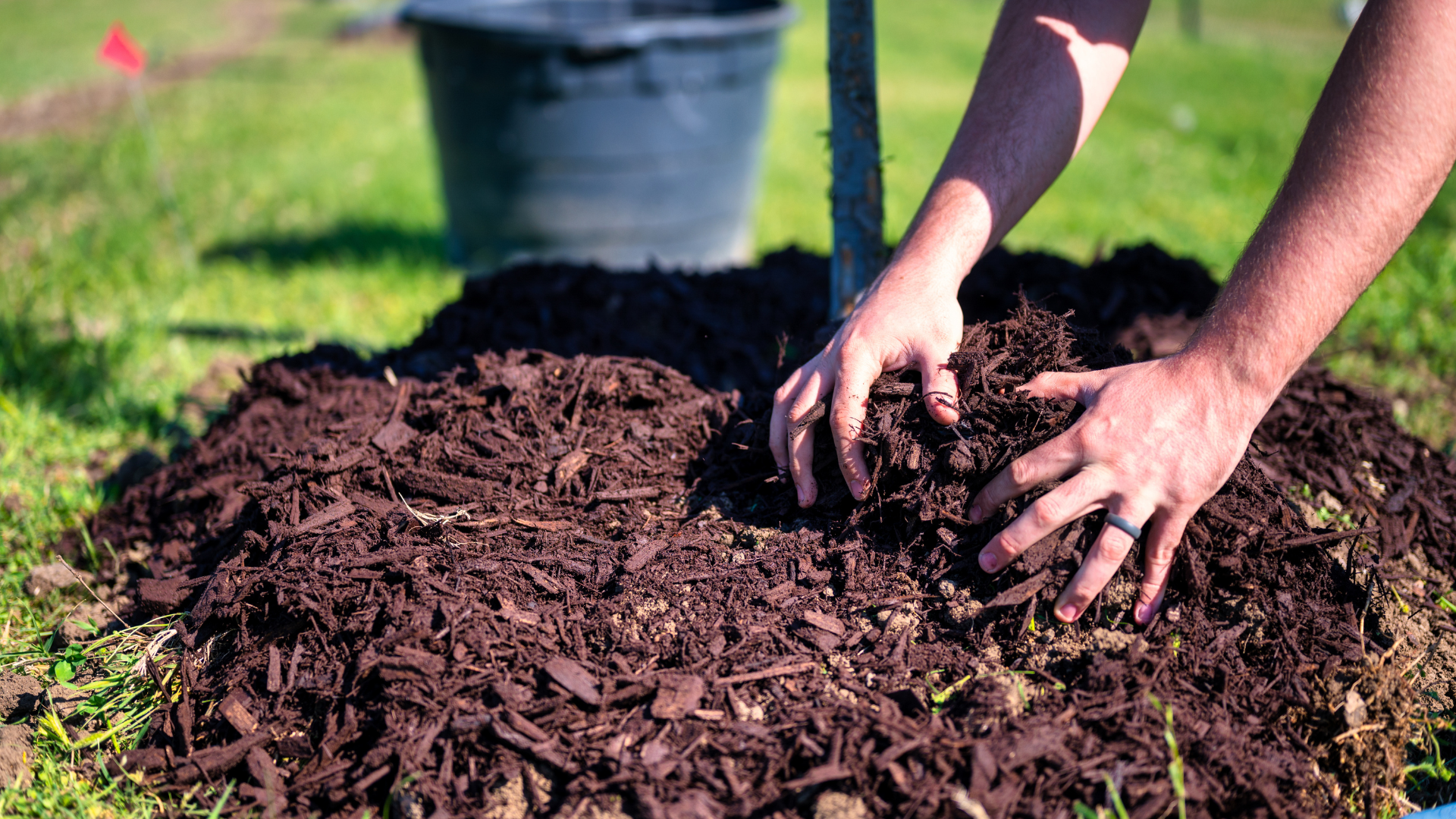
Common mulch materials
Organic mulches are often made from leftover yard waste and other mulch materials. Some of those include:
-
-
Freshly chipped wood
-
Grass clippings
-
Leaf mulch mixtures
-
Rake or leaf blower piles
-
Compost piles
-
You can also collect fallen branches and collect grass clippings from your yard to use as mulch. Tools like hedge trimmers, lawnmower blades, and an electric leaf shredder can help process yard waste into mulch-ready pieces. Shredded paper can be an excellent additions to your mulch mix, helping with moisture retention and soil protection.
Bark mulch is often sourced from lumber mills, but making your own from yard waste is a more sustainable option. Pine mulch is especially beneficial for acid loving plants such as blueberries and azaleas.
Putting a healthy thin layer of mulch over your garden can also provide benefits like restoring nutrients to the soil depending on what ingredients in it. Look at the makeup of your wood and see how it will impact your soil.
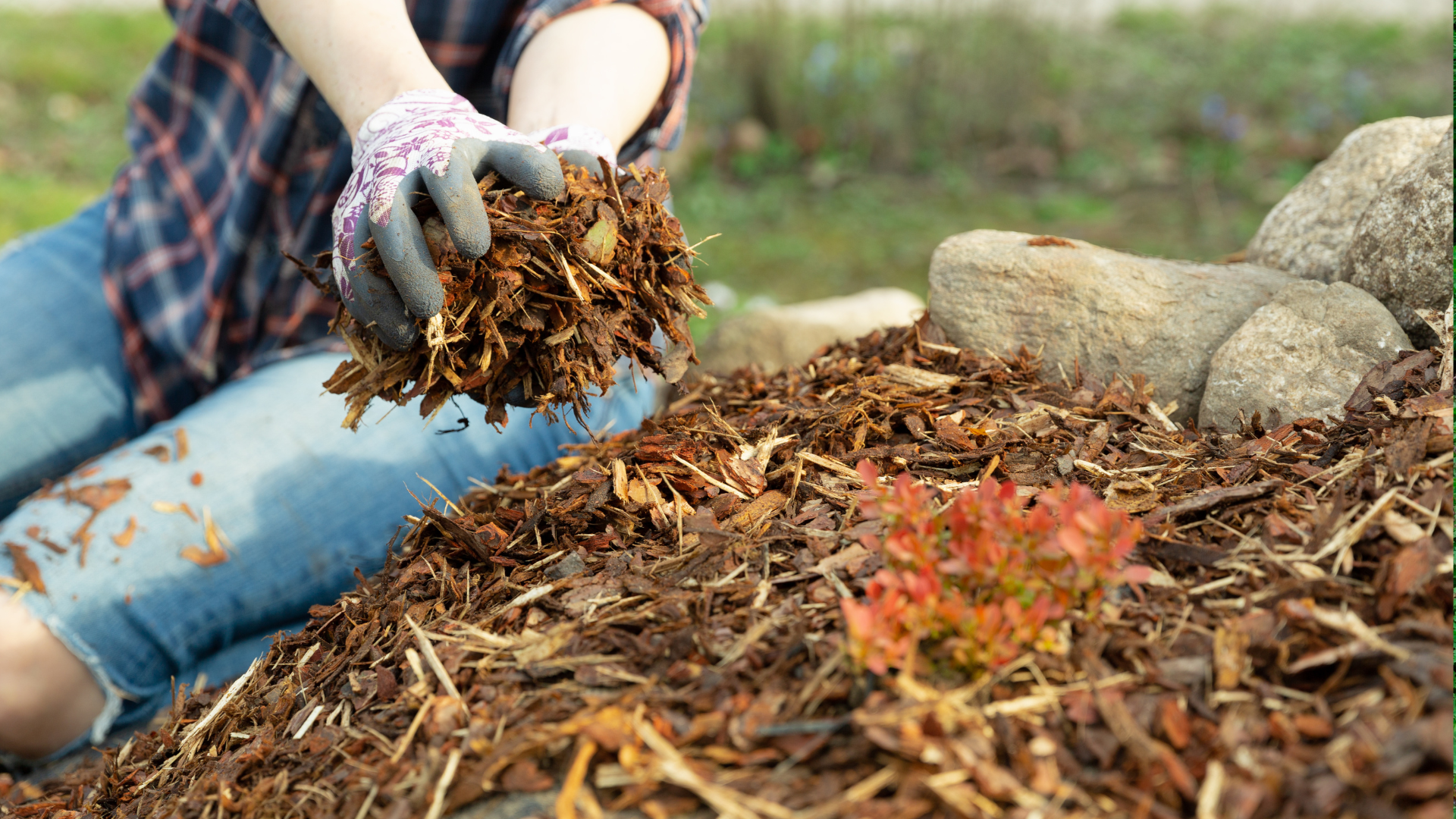
Why should I use mulch?
Mulch has a number of benefits for your garden, especially organic compounds like wood chip mulch. Some of the benefits of mulch include:
-
-
Gardens retain moisture better with a layer of mulch
-
Better heat retention for better flower bed growth
-
Helps keep plant roots cool during hot weather
-
Prevents weed growth and reduces the need for manual weeding
-
Reuses organic matter from your property
-
Suppress weed growth
-
Applying mulch properly can prevent weed growth and avoid creating unwanted competition for your garden plants. Bark and wood mulch are especially suitable for established gardens and mature plants, while wood chip mulch is also beneficial for vegetable gardens.
You want to use mulch to support the growth of your garden plants. More nutrient rich mulches will help improve the soil quality and assist in the growth of your plants. A mulch made of a healthy mix of soft and hard materials like wood chips and pine needles mean it will decay over time, adding to the soil base while still offering protective properties.
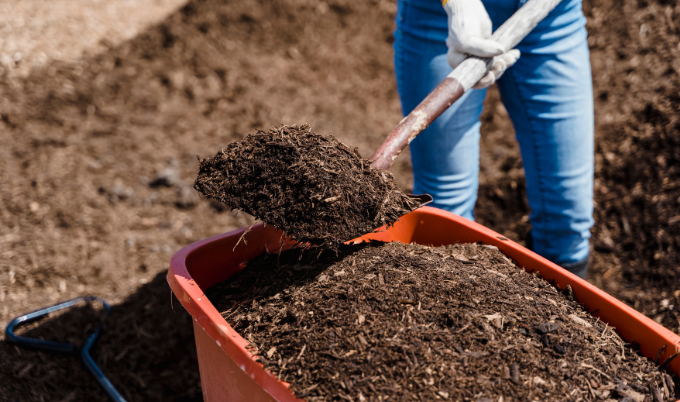
How to make your own mulch
So what’s the recipe for creating your own mulch.
Mulch can be made from a number of materials. After preparing your garden bed, adding mulch is essential to help retain moisture, suppress weeds, and promote healthy plant growth. Let’s break down common materials and how to add them to your mulch mix.
-
-
Leaf Mulch: When it comes to grass clippings and leaf piles, the best way to add this to your mulch mix is to throw it in entirely. Let your leaf piles sit for a bit to draw out some of the moisture, then add them to your mulch compound. This material will decay quickly, restoring the soil base with healthy, fresh organic matter. Fallen pine needles, leaves and pine straw also make a great soft mulch material. Leafy trees create a lot of unwanted material that you can repurpose.
-
Wood Chip Mulch: Want to turn your off-cuts, fallen tree branches, tree trimmings and leftover wood material into mulch? Toss everything in your wood chipper and create a tidy wood chip pile. Then mix it into your mulch pile, carefully ensuring a healthy consistency. You don’t want too many wood chips, as wood chips soak up nitrogen, but do add carbon and other useful nutrients back into the soil.
-
Bark Mulch: Want something aesthetic that will help restore and support your soil but also looks pleasing in your garden as topsoil? If you have logs lying around that you plan on milling, chipping or disposing of, just scrape off the tree bark and feed it to your wood chipper. The result is a pile of bark mulch that looks appealing while contributing to the soil base, keeping the soil warm and protecting it from weeds.
-
After spreading mulch in your garden bed, you may have extra mulch left over. Store extra mulch in ventilated containers or bags with air holes to allow proper airflow and prevent fermentation. Proper ventilation is important because, without it, stored mulch can release high pH toxins that may harm your plants. Extra mulch can be reused or combined with other mulch materials for ongoing garden maintenance.
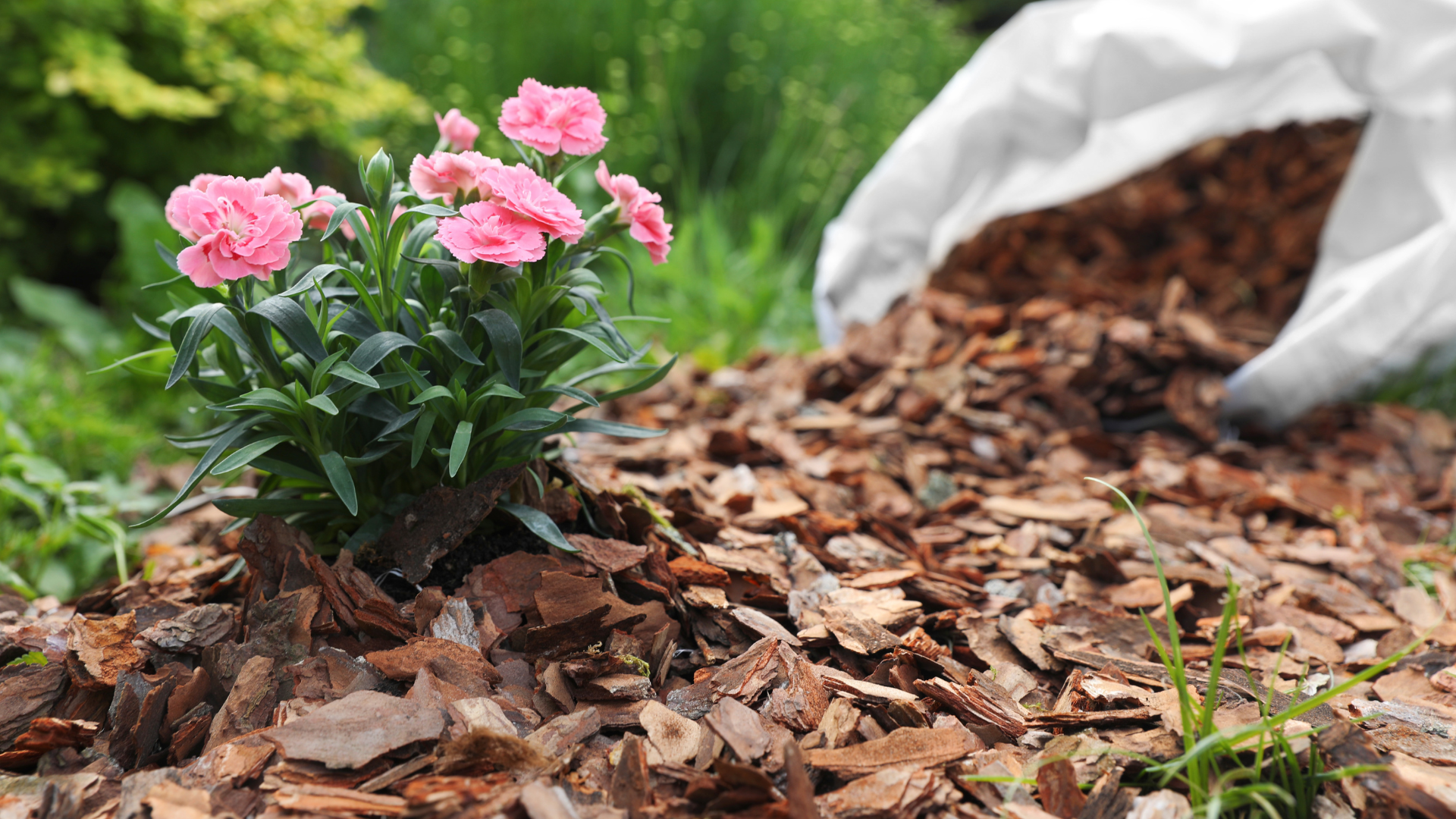
Preparing Materials for Chipping
Proper preparation of your materials is key to efficient and safe mulching. Start by gathering fallen branches, tree trimmings, and other woody debris from your yard.
Remove any excess leaves, twigs, or non-woody material that could clog your wood chipper. Sorting branches by size will make feeding them into the chipper much easier and help prevent jams.
Ensure the materials you're fitting into your wood chipper fits with your machine's capacity. This not only protects your equipment but also ensures a consistent wood chip mulch texture. Always wear protective gear (safety glasses and gloves are a must) when handling branches and operating the wood chipper. By preparing your materials carefully, you’ll create a cleaner, more effective mulch that’s perfect for your garden beds and flower beds.
Applying Mulch in Your Garden
Once you’ve made your wood chip mulch, it’s time to put it to work in your garden. Begin by clearing away any weeds or debris from the area where you’ll be applying mulch.
For vegetable gardens and flower beds, spread a thin layer—about 2 to 3 inches—of wood chip mulch to help suppress weeds and retain moisture. In established garden beds, you can apply a thicker layer, up to 4 to 6 inches, for extra insulation and protection.
When mulching around trees or shrubs, keep the mulch a few inches away from the trunk to prevent rot and discourage pests.
Use a rake to distribute the mulch evenly, creating a uniform layer that looks tidy and functions well. Properly applying mulch not only helps reduce weed growth and retain moisture but also keeps soil temperatures stable, giving your plants the best environment to thrive.
SHOP SAWMILLS
HM122
An entry-level sawmill packed with impressive features at a budget-friendly price. Designed for hobby sawyers or woodworkers looking for an economical solution to mill lumber.
HM126
One of the best-valued sawmills in the industry. A longstanding favourite that ensures smooth, accurate cuts. Perfect for hobby sawyers, entrepreneurs or seasoned woodworkers.
HM130MAX®
A wide capacity sawmill that produces stunning high-value live-edge boards. Loaded with features including our FULLCUT™ sawhead, RapidChange® blade system, auto lube, and more.
HM136MAX™
The ultimate solution for cutting wide live edge slabs, perfect for tabletops, counters, benches, and more. Our unique FULLCUT™ sawhead design ensures your logs' widest assets are left intact.
Join the Woodland Mills Community Facebook group. Search advice and insights from over 65,000 knowledgeable, supportive members.
- Pre-purchase considerations
- Sawmill set-up support
- Project inspiration photos and videos
- Community troubleshooting support
